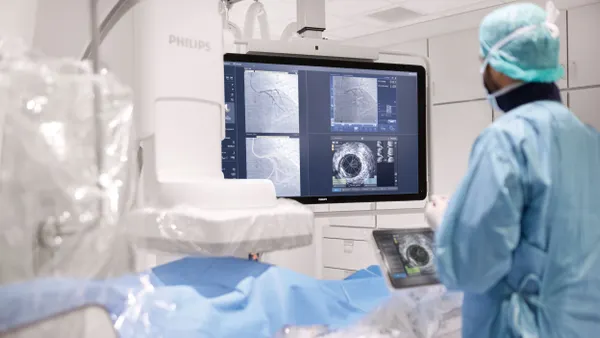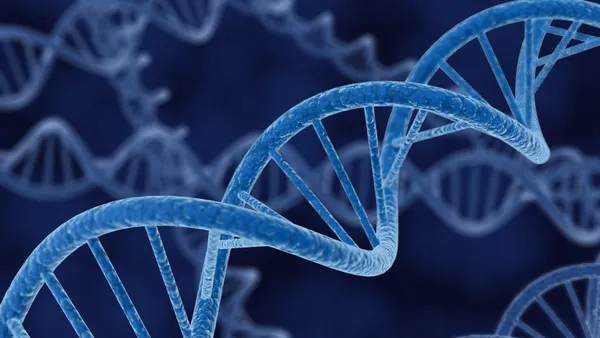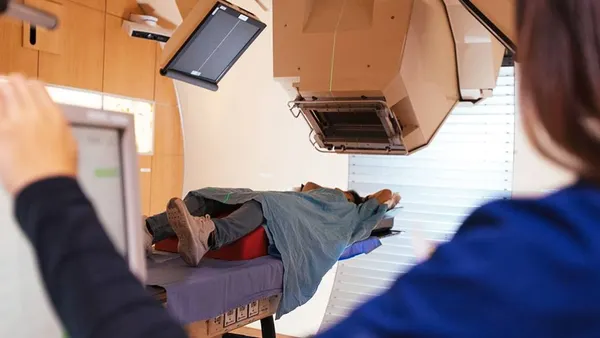Dive Brief:
-
NIST researchers have developed a technology that could enable medical imaging systems and diagnostic procedures to use light waves for the transmission of data.
-
Circuits that use light, not electricity, to send data already exist but the use of these photonic chips is limited by the difficulty of connecting them to off-chip systems.
-
The NIST researchers tried to tackle this limitation by enlarging the diameter of the beams of light so it can to probe the optical properties of large diffuse groupings of atoms.
Dive Insight:
Chip-scale photonic devices have already contributed to fundamental research into the detection of proteins, binding of biomolecules and other fields. However, there remain technical constraints that mean aspirations to apply the devices to areas including medical imaging and diagnostics remain unfulfilled.
Researchers at U.S. government physical sciences laboratory NIST detailed an attempt to chip away at these technical constraints in Light: Science and Applications, a journal published by Nature. The paper describes how NIST physicist Vladimir Aksyuk and his colleagues tried to create wider beams of light.
The result of the efforts is a convertor capable of making a light beam up to 400 times larger without diverting it from its target. The convertor widens the beam of light through a two-step process that involves passing it along an optical waveguide. By gradually changing the gap between the waveguide and a rectangular slab made of the same material, the researchers expanded and directed the beam.
In the paper, Aksyuk and his collaborators framed the project as part of an attempt to realize the full potential of NIST's work on chip-scale photonic systems with integrated atomic vapor cavities, validated by analyzing the properties of gaseous rubidium atoms. It is possible to envision other, more distant applications of the technology in imaging and diagnostics, though.
NIST is some way from realizing these other opportunities, and they are only mentioned in passing in the paper, which foresees the converter being used "as a building block for the interaction of the photonic chip with other systems." In theory, that could open up new ways of using photonic chips in "biological and/or chemical sensing" and "biomedical health-care systems," the researchers wrote.











